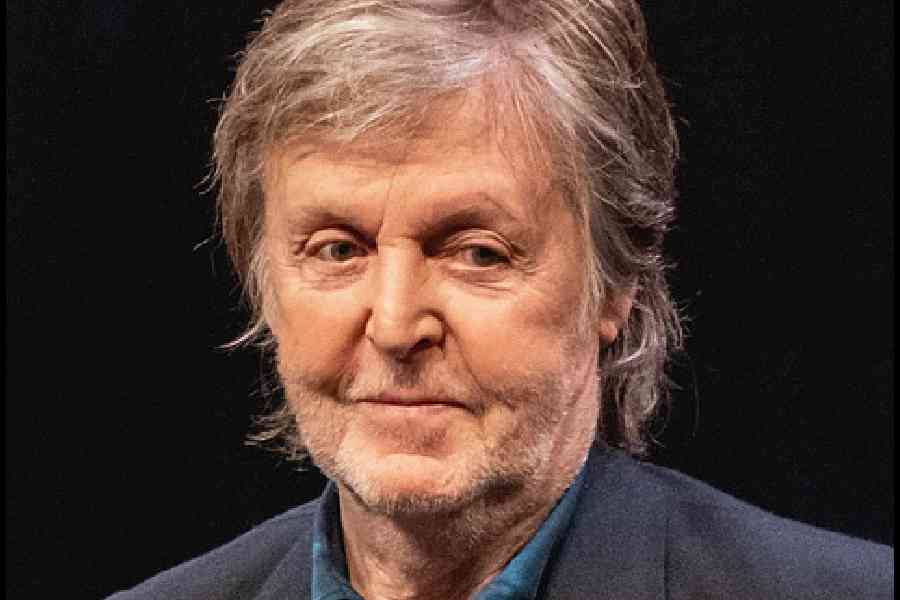The mystery of the fifth Beatle seems to have finally been laid to rest — and no, it is not the band’s manager, Brian Epstein, or the producer, George Martin. The fifth Beatle, as it turns out, is Artificial Intelligence. Paul McCartney, one of the two surviving Beatles, said in an interview that he took the help of AI to “extricate” John Lennon’s voice from an old tape to help create what he calls “the final Beatles record”. But the world is divided on this resurrection. The prospect of having the Fab Four back together — albeit not in real life — has excited a segment of Beatlemaniacs. Others, including fans, remain apprehensive about knotty issues like creative licence and copyright. Their circumspection is not unwarranted. This is because AI’s seeming ability to complete unfinished artistic works — thereby according immortality to an artist — raises several important — worrying — questions.
So far, AI has been used to ‘finish’ incomplete compositions by Beethoven, Schubert, and Mahler; it has also given a new lease of life to The Lonesome Crouching Nude by Picasso; Charles Dickens, James Joyce and William Shakespeare have not remained untouched either: the technology was used to ‘predict’ what these literary giants may have written next upon being fed with relevant text. Mercifully, in some instances, artistic ingenuity has, so far, trumped machine brilliance. Beethoven’s “Tenth Symphony”, created with the help of AI, apparently sounds jarring. The real question though concerns the human desire to finish what is essentially unfinished art. Artists from all eras have left a rich body of their incomplete works that were abandoned for a variety of reasons — historical circumstances, death, shortage of funds or simply the fizzling out of inspiration. In some cases, an unfinished work was a deliberate artistic choice. Regardless, unfinished artworks are riveting cultural documents. Forever suspended in a state of coming-into-being, their incompleteness offers viewers and critics new perspectives on not only the creative process but also the artwork’s historical context. It is clear that the need for closure, what the literary critic, Frank Kermode, called “the sense of an ending”, continues to overshadow the finer nuances of unfinished artworks. It is in this discomfiture towards what defies closure that AI and its makers have sensed a lucrative prospect, using a mishmash of existing works — songs, paintings and suchlike — and machine learning to create an ending.
But not all endings are meant to be sweet. Nor is it desirable. For instance, is it morally correct for the machine to finish Infinite Jest, a novel that David Foster Wallace intentionally left open-ended? Can even the most learned of machines predict the manner in which Shakespeare would have penned a new line, or how Picasso would add paint to a canvas? Moreover, the intimacy of and cultural fascination with unfinished art are predicated on their resistance to conclusion. But it seems that unfinished art will now be sacrificed at the altar of the desire for cultural recycling. Perhaps the machine should be sternly instructed, quoting The Beatles, to Let It Be.











